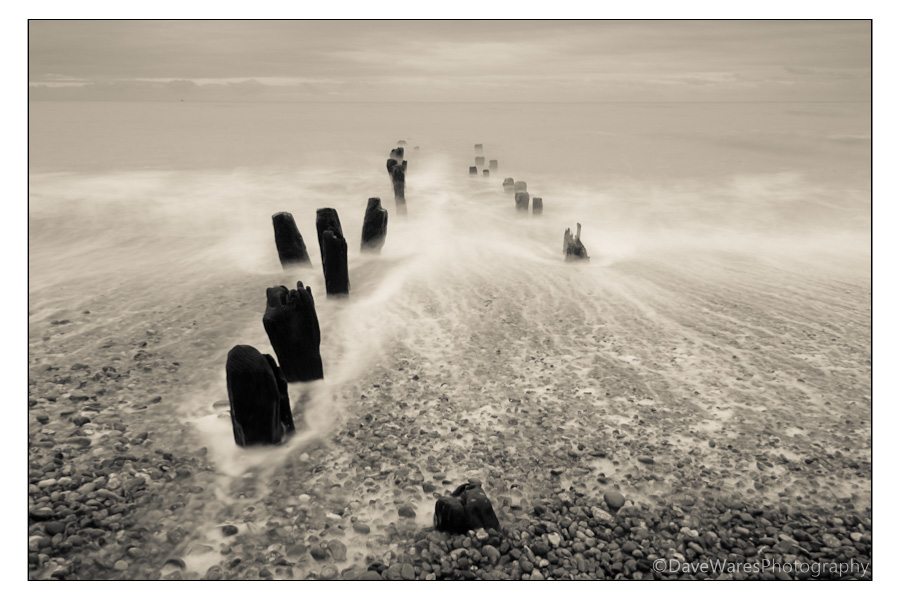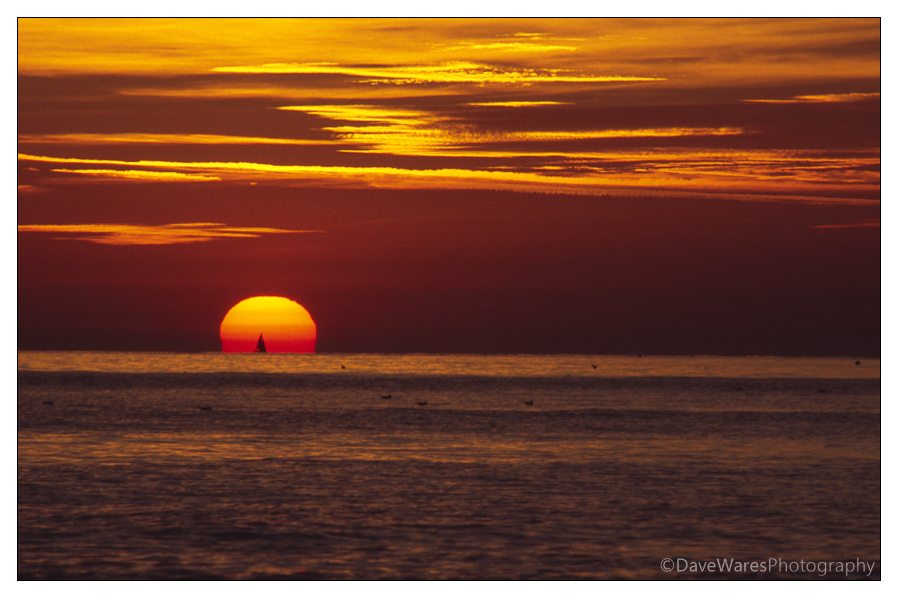I was having a thought to myself the other day about the types of lenses, or more specifically, the focal length of lenses that every Landscape photographer would think about having in their bag. So I’m going to briefly run through the things you might want to consider when packing your gear for a particular location. Also, this is not going to be about zooms vs primes, merely focal lengths and their effect on a scene.
Most people would think that the 18-50mm or 28-70mm (35mm equiv) would be a pretty safe bet to cover most situations, and they’d be right; in fact most of the pictures I take are within these focal ranges, so I would recommend that you keep something similar in your bag at all times. Most people would also say that a super-wide angle lens in the range of 10-24mm would also be a good accessory to have in their bag. These are great when you want to go that extra mile to either a). Get more elements into the shot, or b). Exaggerate the perspective. When working with very wide angle lenses it is important to make sure that all the elements you are seeing with your eye are not lost when you’re looking through the view finder. Because the angle of view is much wider, the elements in the scene become much smaller, so make sure that the lovely rocky outcrop in the distance doesn’t become a bunch of pebbles you can barely see at all. When using these lenses be sure to compose your images with strong elements that lead the viewer from the foreground to the middle and on into the distance.
Lenses in the focal lengths mentioned above probably make up the bulk of landscape photographs out there, but there are just as many creative possibilities available to you at all sorts of focal lengths.
Don’t rule out that long zoom lens, they’re not only for wildlife and portraiture. Focal lengths of 70mm and upwards can be used with great effect to pick out details in the far distance, or to isolate a particular element in the scene in front of you. The good ol’ 70-300mm is be a great lightweight zoom to keep in your bag and can produce great results, but beware of high winds that can make the lens ‘chatter’ to produce camera shake, even when on a tripod. More expensive zooms such as a 70-200mm or 100-400mm come with a lens collar so you can fix the actual lens to the tripod, giving greater balance and more stability, which can be really useful when light conditions call for longer shutter speeds.
How about a fisheye lens. Generally not used in landscape or seascapes (although I wouldn’t rule-out giving it a try), these lenses have the very characteristic effect of really distorting the scene. These lenses seem to come into their own when taken into towns and cities. Fisheye lenses again are very wide angle (around 15mm) , so look for things close-up to fill the foreground.
Tilt/shift lenses. Not for the feint hearted as these are both expensive and take a bit of getting used to but are great for the landscape photographer. These are available at various focal lengths, but it is not so much the focal length that will have effect upon the scene but the tilt/shift action. Tilt/shift lenses are mostly known these days for their miniaturization effect but their primary function has always been to create sharp focus throughout the scene (tilt) or to correct converging verticals(shift). For more on how these work click here.
Lastly, special effects lenses. We’re talking Lensbabies, Holgas, and the like and are usually set at 50mm. Lenses that by nature won’t give you clean crisp images but have specific characteristics, such as blurry soft edges or weird colouration. These are just as valid a tool as that expensive prime but it all depends on what it is that you are trying to show and put across to the viewer.
In short, don’t limit yourself to only using one or two types of lenses but use the ones that help you achieve your vision.
*The Current Photographer website contains links to our affiliate partners. Purchasing products and services through these links helps support our efforts to bring you the quality information you love and there’s no additional cost to you.
Based on the south coast of England UK, I love to photograph landscapes and nature. In addition to this, over the past two to three years I’ve become fascinated with Urban Exploration and dereliction.
I’ve always had a passion for creating art, studying art and design during my school years and spending much of my time watercolour painting. After a brief love affair with playing rock guitar, photography was to be the next step in my creative life and I haven’t stopped since.
My photography has always been a continuous journey, constantly trying to gather as much information as I can to help push my photography to new levels and explore new avenues of creativity.
I love sharing the things I have learned and over the past few years
I have been an active committee member of a local camera club, giving occasional tutorials on photo skills and basic Photoshop techniques. I am also the proud winner of ‘The Portman cup’ for ‘Best Image of 2010′ at the Sussex Photographic federation’s Projected Digital Image competition.

